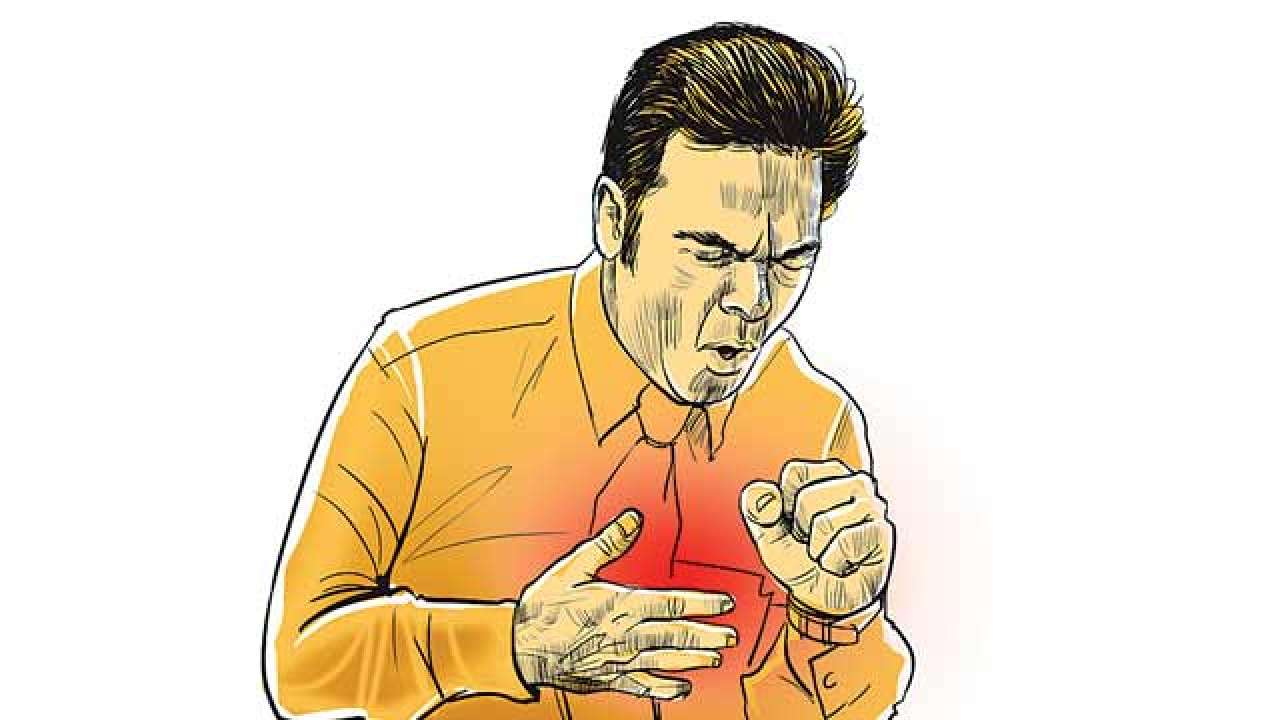
According to the World Health Organization (WHO), tuberculosis (TB) remains the world’s deadliest infectious killer. Each day, nearly 4500 people lose their lives to TB and close to 30,000 people fall ill with this preventable and curable disease. That makes the commemoration of the World TB Day extremely important. The theme of World TB Day 2019 — ‘It’s time’— underscores the urgency to act on the commitments made by global leaders. TB is a poor man’s disease. The “high burden” countries (HBCs) are usually low on the human development index. In addition to India, Indonesia and China, there are 19 more countries accounting for about 83 per cent of all estimated cases worldwide. Despite the government’s efforts, the situation in India looks bleak. Prime Minister Narendra Modi’s assertion that India will be TB-free by 2025, five years before the global target of 2030 doesn’t take into account the ground realities. For one, multidrug-resistant (MDR) cases have shot up exponentially in the last few years. According to the Union Health Ministry’s National Anti-TB Drug Resistance Survey, 2018, among the 1.8 million TB patients of 2017, 38,605 were multiple drug resistant (MDR) and 2,666 were extensively drug-resistant (XDR), a more critical condition. The figures are gross underestimates. WHO’s TB statistics for India for 2016, the incidence of MDR TB cases was pegged at 1,47,000. MDR is purely a man-made crisis as a TB patient is likely to develop such a condition if he or she doesn’t complete the course of medicine and doesn’t follow doctor’s advice on dosage and timing of the medicines. What’s even worse is the fact that an estimated 40 per cent of the Indian population is infected with the bacteria, the vast majority of whom have latent TB rather than TB disease. It’s a full-blown pandemic that requires long-term measures because eradicating TB from India will demand a public-private partnership based on mutual trust and unwavering commitment. A huge number of MDR patients seek treatment in the private sector where most medical practitioners are incapable or under-qualified to treat this form. Moreover, the two most effective drugs, isoniazid and rifampicin, are not only largely ineffective but also become toxic. So doctors are left prescribing less effective drugs which have to be taken for longer periods. For the poor man, MDR TB treatment can be expensive if he has to shell out something around Rs 1,40,000 in one year, which is the minimum duration of the treatment. The government initiatives are plagued by delays in diagnosing patients and prescribing medications. In fact, the one-size-fits-all type of treatment aggravated drug resistance. Even now there is no institutional mechanism to ensure that patients adhered to their regimens. And, perhaps, the worst thing was, for years, the government had ignored the drug-resistant TB patients, as if they didn’t exist, thus allowing the numbers to increase substantially. Now that the government has woken up, its National Strategic Plan 2017-25 is going to be on reaching patients seeking care from private providers. It has also substantially increased the budget $2.5 billion. This should bring cheer to the patients.